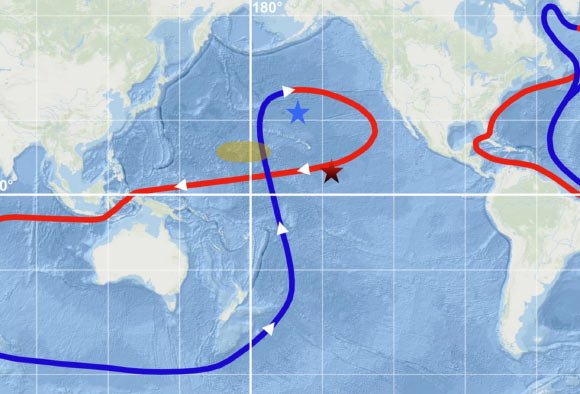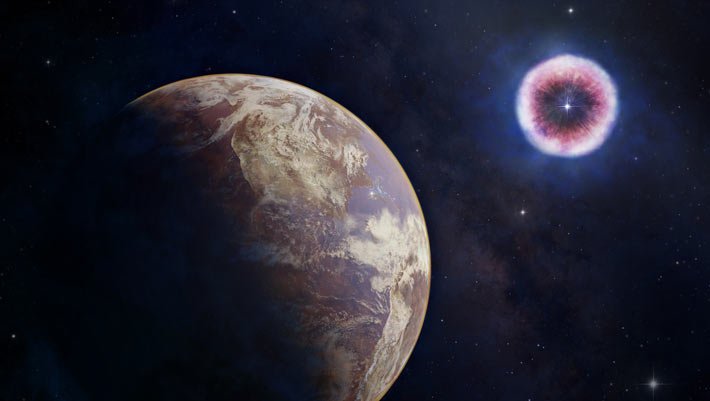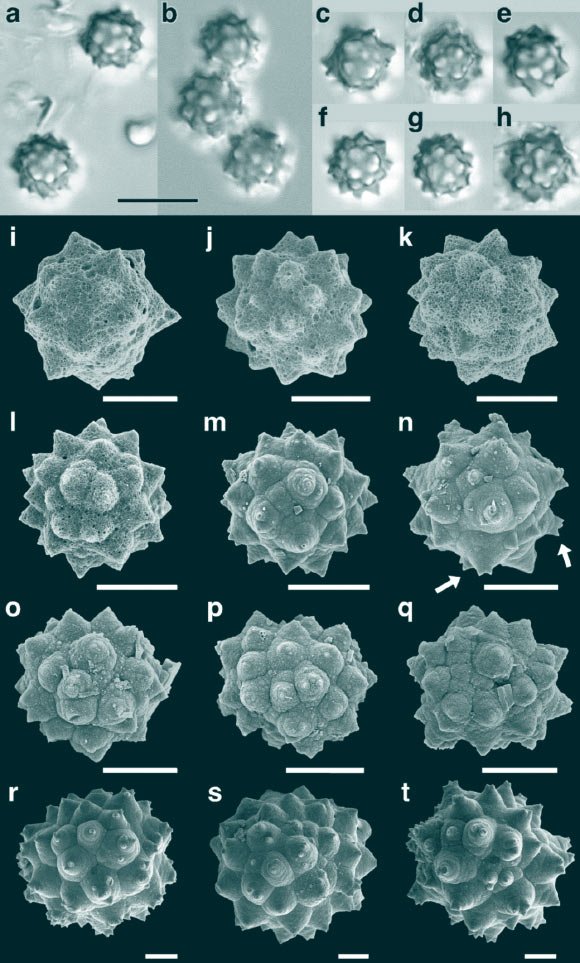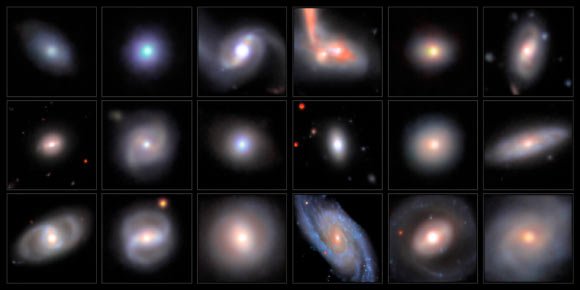A team of scientists from the Helmholtz-Zentrum Dresden-Rossendorf, TUD Dresden University of Technology and the Australian National University, has discovered an ‘unexpected’ accumulation of beryllium-10 — a rare radionuclide produced by cosmic rays in the atmosphere — in samples taken from the bottom of the Central and Northern Pacific.

Koll et al. report on the discovery of an anomaly in the beryllium-10 concentration profiles of several deep-ocean ferromanganese crusts (stars) from the Central and Northern Pacific during the Late Miocene. The major bottom (blue line) and surface (red line) ocean currents of the thermohaline circulation are indicated. Image credit: Koll et al., doi: 10.1038/s41467-024-55662-4.
Radionuclides are types of atomic nuclei (isotopes) that decay into other elements over time.
They are used to date archaeological and geological samples, with radiocarbon dating being one of the most well-known methods.
“The floor of the major oceans on Earth exhibits one of the most pristine geological archives recording millions of years of environmental conditions and changes, ferromanganese crusts,” said lead author Dr. Dominik Koll, a researcher at the Australian National University and the Helmholtz-Zentrum Dresden-Rossendorf, and his colleagues.
“Dating of these marine archives can be accomplished through fossils by biostratigraphy, isotopic or elemental composition changes, or analysing the imprinted changes of Earth’s magnetic field by magnetostratigraphy.”
“Another commonly employed technique is cosmogenic nuclide dating,” they added.
“The radionuclide beryllium-10 is continuously produced in the upper atmosphere by cosmic ray spallation mainly on nitrogen and oxygen.”
“The residence time of beryllium-10 in the atmosphere is on the order of 1-2 years until it attaches to aerosols and precipitates.”
“In the ocean, the atmospheric beryllium-10 mixes with lithospheric stable beryllium-9, which is mainly transported into the ocean by river runoffs and fluvial dust after erosion of terrestrial minerals.”
Dr. Koll and co-authors discovered a prolonged cosmogenic beryllium-10 anomaly in the samples from the Central and Northern Pacific.
Such an anomaly may be attributed to shifts in ocean currents or astrophysical events that occurred during the Late Miocene epoch, approximately 10 million years ago.
The findings hold the potential to serve as a global time marker, representing a promising advancement in the dating of geological archives spanning millions of years.
“For periods spanning millions of years, such cosmogenic time markers do not yet exist,” Dr. Koll said.
“However, this beryllium anomaly has the potential to serve as such a marker.”
The results appear in the journal Nature Communications.
_____
D. Koll et al. 2025. A cosmogenic 10Be anomaly during the late Miocene as independent time marker for marine archives. Nat Commun 16, 866; doi: 10.1038/s41467-024-55662-4











